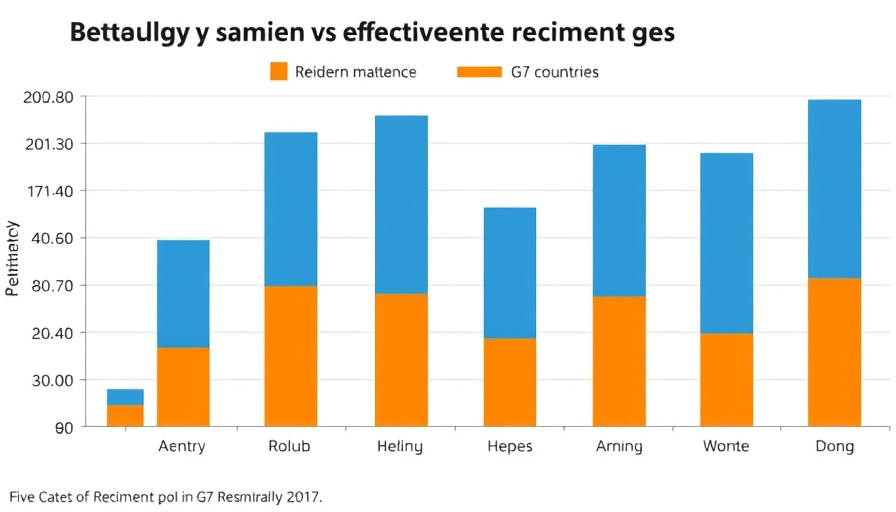
Shifting Dynamics: Continual Commitment from Employees
As we delve into current trends in workforce behavior, a noteworthy shift is becoming apparent: more than half of U.S. workers report that they did not apply for any job last year. This statistic signals a significant change in employee engagement and reflects a wider sentiment of stability among the workforce. With just 29% of foreign job seekers expressing interest in U.S. job opportunities, it raises questions about the attractiveness of the U.S. job market and the implications for talent management strategies.
The Gap in Perception: Benefits and Employee Satisfaction
Another critical statistic emerged from Prudential’s 2025 Benefits and Beyond study, revealing a disconnect between perceived modernity in workplace benefits. While nearly 86% of employers believe their benefits are contemporary, only 59% of employees agree, indicating a possible hurdle in employee engagement and retention. This discrepancy highlights the urgent need for organizations to reassess their benefits offerings, ensuring alignment with employee expectations and market standards.
Health Savings Accounts: A Small Increase in Contribution Limits
Integrating financial wellness into workforce strategy is becoming increasingly crucial. The IRS announced that for 2026, individual employees can contribute a maximum of $4,400 to health savings accounts, up from $4,300 in 2025. This incremental growth fosters greater financial health for employees, reflecting the evolving landscape of people-first leadership that prioritizes comprehensive employee welfare.
Future Predictions: The Potential Shifts in Workforce Attrition
Given the current trends, CHROs and talent leaders must prepare for a hybrid scenario where employee retention strategies become just as essential as talent acquisition. As organizations face declining interest from foreign job seekers, domestic talent optimization may emerge as a primary focus. Understanding the motivations behind employee tenure will be vital for crafting effective succession planning and performance-driven strategies.
Empowering Employees: The Key to High-Performance Culture
The only way forward is a holistic approach to workforce dynamics that emphasizes employee performance and engages them in a meaningful way. Developing a high-performance culture founded on trust and active participation is crucial. This is not just about filling roles but boosting satisfaction and promoting long-term commitment across the organization.
In summary, the data indicates a significant shift towards worker retention, reinforced by the necessity of modern benefits and a focus on employee empowerment. As we move forward, organizations must adopt a comprehensive workforce strategy to ensure they cultivate a sustainable environment that attracts and retains talent.
 Add Row
Add Row  Add
Add 




Write A Comment